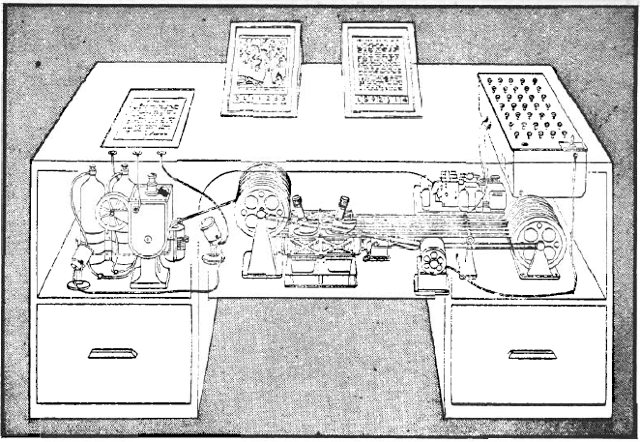> The Navigate menu has BACK and NEXT and PREVIOUS commands. The last two should not be mixed up with the FORWARD command of today’s browsers. They do not reverse the BACK operation – they mean to go back a step and then take the next or previous link from the same page. NEXT and PREVIOUS commands make it possible to leaf through the Web like a book page by page with a single keystroke.
We’ve tried to do a similar thing in Nyxt, but we encountered the fact that modern #Web is too interlinked. So you can’t just follow the next link after the one you visited—it’s likely to be garbage. Still, we devised two approaches to this problem:
- Cruise Control mode—select a set of links that interest you and leaf through them in a oace suiting you.
- Tree-like browser history—allows visiting next/previous “sibling” links (links that were opened from the same page.) Not a navigation system per se, and requires visiting pages before leafing through. But I still love the idea. And I wrote my BA thesis on it!
